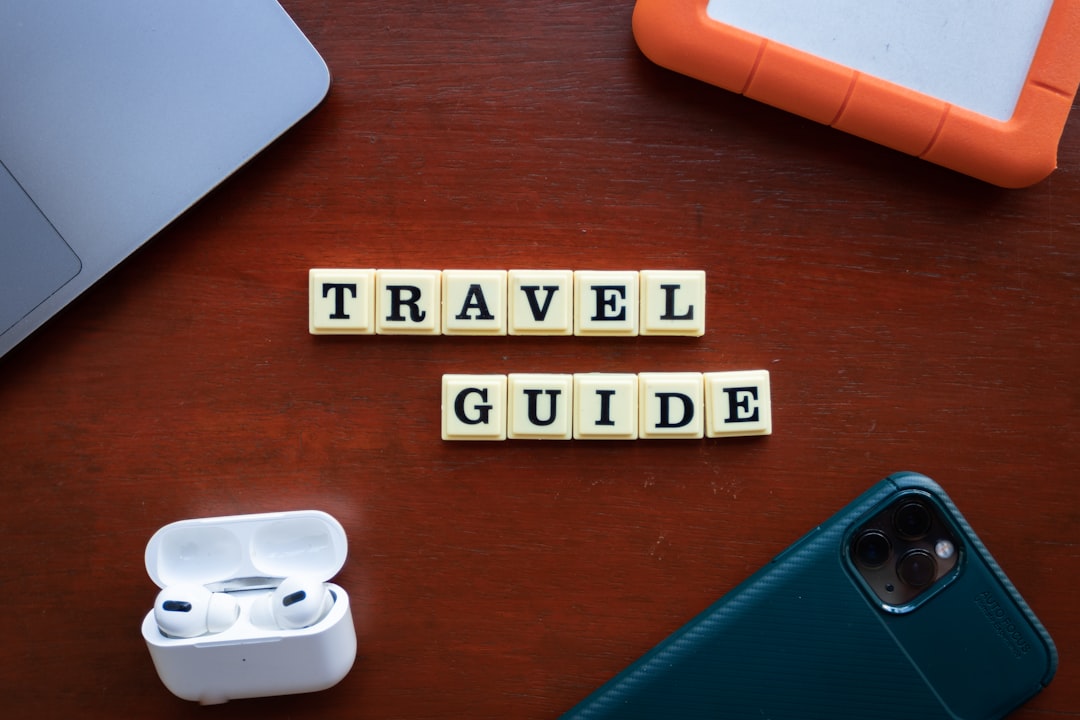At QuickAdvisr, we bring you expert insights. Planning a weekend getaway doesn’t have to break the bank. With careful budgeting and smart choices, you can enjoy a relaxing and memorable trip for just $300. Whether you’re looking to escape the hustle and bustle of daily life or explore a new destination, this guide will show you how to plan a weekend getaway on a $300 budget without sacrificing fun or comfort.
Step 1: Choose Your Destination Wisely — QuickAdvisr Insights

The first step in planning your budget-friendly getaway is selecting the right destination. Here’s how to make a smart choice:
- Opt for nearby locations: Choose destinations within a 2–3 hour drive to save on transportation costs.
- Consider off-season travel: Visit popular spots during their off-peak seasons for lower prices on accommodations and activities.
- Explore hidden gems: Look for lesser-known towns or natural attractions that offer unique experiences at a fraction of the cost.
Example Destinations Under $300
| Destination | Estimated Cost | Highlights |
|---|---|---|
| Coastal Town | $250–$300 | Beaches, local seafood, scenic walks |
| Mountain Retreat | $200–$280 | Hiking trails, cozy cabins, nature views |
| Historic City | $270–$300 | Museums, architecture, cultural events |
Step 2: Set a Realistic Budget

To stay within your $300 limit, break down your budget into categories. Here’s a sample allocation:
- Transportation: $50–$100 (gas, public transit, or rideshare)
- Accommodation: $100–$150 (budget hotels, Airbnb, or campgrounds)
- Food: $50–$75 (groceries, affordable restaurants, or picnics)
- Activities: $20–$50 (free or low-cost attractions)
Pro Tip: Use budgeting apps like Mint or YNAB to track your expenses and stay on course.
Step 3: Save on Transportation
Transportation can eat up a significant portion of your budget, but these tips can help you save:
- Carpool or use rideshare services: Split costs with friends or use apps like BlaBlaCar.
- Travel during off-peak hours: Avoid rush hour to save on gas and time.
- Consider public transit: Take buses or trains for affordable travel options.
“Planning your trip around fuel-efficient routes and carpooling can reduce transportation costs by up to 50%.”
Step 4: Find Affordable Accommodation
Accommodation is another major expense, but there are plenty of budget-friendly options:
- Book in advance: Secure early-bird discounts or last-minute deals.
- Stay with friends or family: If possible, save on lodging by staying with loved ones.
- Choose budget stays: Hostels, motels, or Airbnb rooms are often cheaper than hotels.
Accommodation Comparison
| Option | Average Cost | Pros | Cons |
|---|---|---|---|
| Budget Hotel | $80/night | Comfortable, amenities included | May lack luxury |
| Airbnb | $60/night | Affordable, home-like feel | Variable quality |
| Camping | $20/night | Cheap, close to nature | Requires gear |
Step 5: Plan Low-Cost Meals
Food is an essential part of any trip, but it doesn’t have to be expensive. Try these strategies:
- Cook your own meals: If your accommodation has a kitchen, prepare simple dishes.
- Pack snacks: Bring your favorite snacks to
📌 Related reading: 10 Surprisingly Simple Habits That Can Save You 30 Minutes Every Morning
Disclaimer: This article was generated with AI and is for informational purposes only. Verify with trusted sources before making decisions.📌 Learn more at QuickAdvisr.













